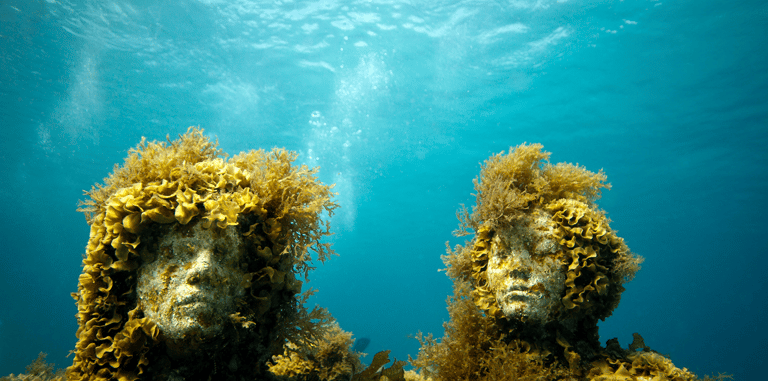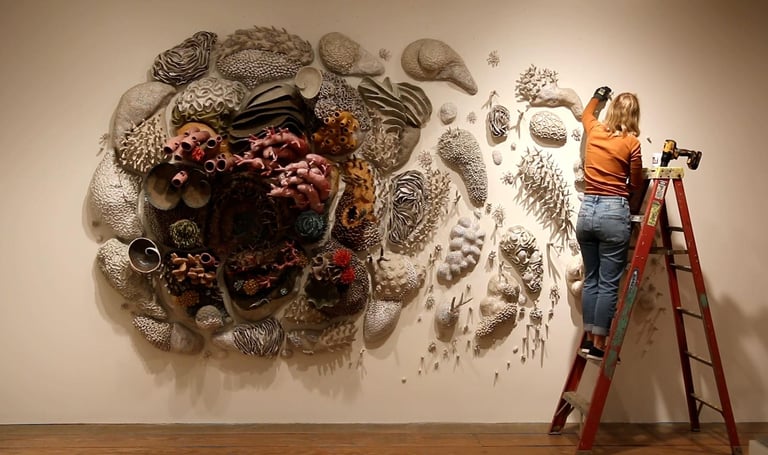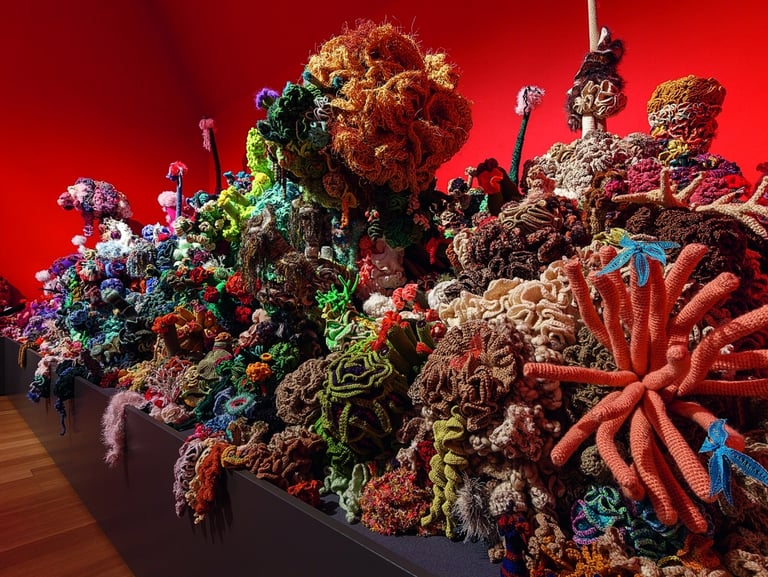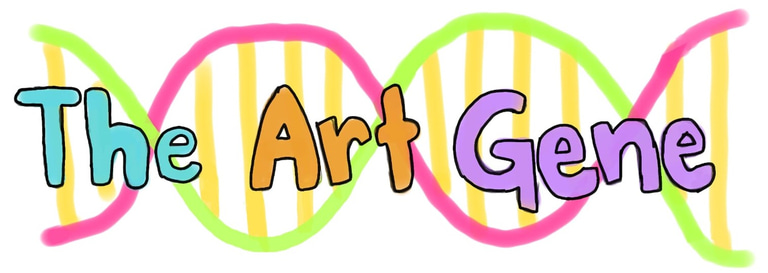How Creativity is Saving Coral Reefs
Learn how Jason deCaires Taylor, Courtney Mattison, and sisters Margaret and Christine Wertheim combine their artistic skills and scientific knowledge to create powerful artwork that raises awareness about coral reef conservation and highlights the urgent need to protect these vital ecosystems.
ARTCORAL REEFSCONSERVATION
Sunskritha R Shivaprasad
3/23/20253 min read


The rainforests of our seas, or rather coral reefs, are one most of the most biodiverse ecosystems on our planet. However, these homes to almost a million different aquatic species are rapidly disappearing due to climate change, pollution, and destructive fishing practices. Coral reefs face severe threats from climate change, pollution, and human activities, with coral bleaching being a major concern. Rising sea temperatures stress corals, causing them to expel the algae that provide their color and energy, leaving them pale and vulnerable. The 2014-2017 global bleaching event affected over 70% of reef regions, with the Great Barrier Reef losing 29% of its shallow water corals in 2016 alone. Since the 1950s, coral reef cover has declined by 50% and pollution has contributed to the 80% coral loss in the Caribbean. Coral reefs support 25% of marine species and over 500 million people, yet without intervention, 90% could be at risk by 2050. Conservation efforts like marine protected areas, sustainable fishing, and coral restoration are crucial for their survival. In light of these events, multiple artists have taken on the challenge of raising awareness about this crisis through powerful, visually striking installations that merge art with marine biology.
Jason deCaires Taylor is a British sculptor, environmentalist, and professional underwater photographer. With a background in sculpture and diving, Taylor is famous for creating submerged museums such as the Museo Subacuático de Arte (MUSA) in Cancun, Mexico. His sculptures, placed on the seabed, are designed from pH-neutral materials that promote coral growth. Over time, these installations transform into artificial reefs, attracting marine life and serving as both art pieces and ecological havens for various species. Another artist is Courtney Mattison, who is an ocean advocate with a background in marine biology. Her large-scale ceramic sculptures mimic the fragile beauty of coral reefs, emphasizing their vulnerability to high carbon dioxide levels and warm waters, coral bleaching, and ocean acidification. Through her art, Mattison highlights the urgency of conservation efforts while depicting the intricate patterns found in coral ecosystems.
Similarly, Australian-born sisters Margaret and Christine Wertheim combine art, science, and mathematics in their Crochet Coral Reef project, a community-driven initiative that uses crochet techniques to recreate coral structures while raising awareness about coral bleaching and environmental degradation. Collectively, these artists merge creativity with environmental advocacy, underscoring the importance of protecting coral ecosystems.
These artists strive to incorporate biological knowledge into their creative process. Jason deCaires Taylor's use of eco-friendly materials ensures his sculptures encourage coral colonization without harming the environment. Courtney Mattison's background in marine science allows her to accurately depict the complex structures of coral formations. Meanwhile, the Wertheim sisters' mathematical crochet designs mimic the geometric patterns found in coral polyps, connecting their work directly to biological principles.
Protecting coral reefs requires both individual action and large-scale policy change. Reducing carbon footprints, supporting sustainable fishing practices, and participating in reef restoration initiatives can have a positive impact. Additionally, emerging biodegradable materials are showing promise in artificial reef construction. By using biomaterials that dissolve safely in the ocean over time, scientists and artists can create eco-friendly structures that provide temporary shelter to marine species without leaving permanent environmental scars. And in future innovations, the integration of biodegradable solutions could revolutionize how we protect marine ecosystems. With creativity and scientific ingenuity, we can inspire hope and action to save these underwater treasures before they disappear entirely.




How Creativity is Saving Coral Reefs
Jason deCaires Taylor's underwater sculptures that create homes for a variety of aquatic life
Courtney Matheo's
Courtney Mattison, as she works on a ceramic sculpture
A crocheted artpiece by the Wertheim sisters

Contacts
sunskrithas19@gmail.com
Blog
© TheArtGene
sunskrithas@theartgene.com
Subscribe to our blog!
Updates bi-weekly every Sunday!
